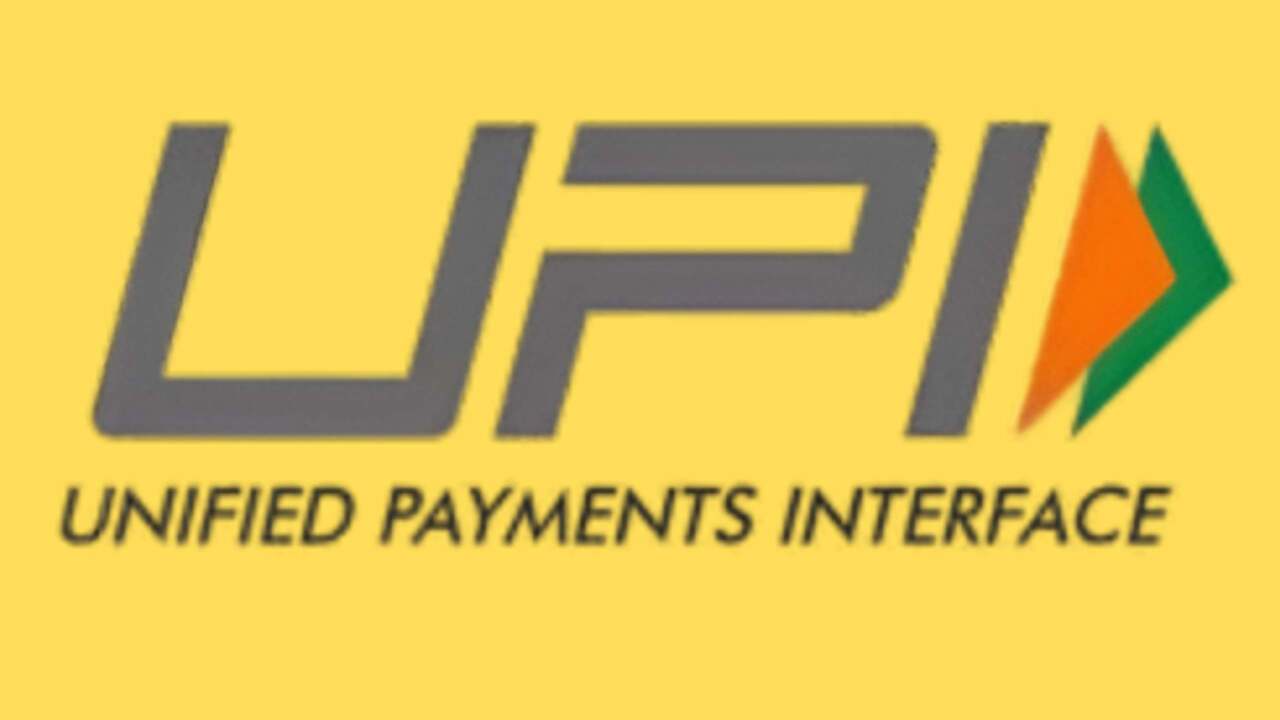According to the research, UPI is in a strong position to solidify its position as the foundation of India’s payments system because to interoperability and a supportive legislative framework.
According to a CareEdge Research analysis, the Unified Payments Interface’s (UPI) zero merchant discount rate (MDR) poses a threat to the long-term viability of India’s real-time payment ecosystem.
With 500 million users at the moment, UPI’s next development phase will rely on intelligent monetization via value-added services including microcredit, merchant analytics, insurance, and fintech collaborations.
According to the research, UPI is in a strong position to solidify its position as the foundation of India’s payments system because to interoperability and a supportive legislative framework.
Between the fiscal year 2023 (FY23) and FY25, UPI transactions saw an astounding 49% compound annual growth rate (CAGR), highlighting the fast acceptance of the technology and its increasing penetration in Tier II and Tier III locations. However, Tanvi Shah, senior director of CareEdge Research, said that the zero-MDR approach poses a barrier to long-term sustainability.
The price that businesses pay banks or fintech firms to execute a payment transaction is known as the MDR.
The Payments Council of India (PCI), which advocates for digital payment companies, wrote to Prime Minister Narendra Modi earlier this year to request a 0.30 percent MDR on transactions at major retailers.
According to the paper, India’s payments system is changing structurally in the direction of a hybrid model. This suggests that digital and physical transaction channels coexist and play different but complementary functions.
It said that cash’s significance was ascribed to its function in cultural customs and personal budgets, as well as its ability to operate as a hedge against the hazards of network outages or cyberattacks.
Because of its dependability, inclusiveness, and broad accessibility—particularly in the rural and informal sectors—cash continues to be an essential part of the payment system even in the face of the growing digital-first economy, according to the research.
Cash is still preferred, despite the fact that the country’s retail digital payment percentage increased gradually from 89.1% in FY23 to 92.6% in the first quarter of FY26. Due to UPI’s recent use for micropayments, this percentage has increased.
Compared to ₹1,662 in FY23, the average transaction value of UPI transactions decreased to ₹1,330 in Q1FY26.
According to Kalpesh Mantri, assistant director at CareEdge Research, “India has been witnessing a payments system revolution, where cash and digital transactions will co-exist to drive financial inclusion and power a truly inclusive economy.” The country’s share of cash usage in Private Final Consumption Expenditure (PFCE) increased from 70% in FY23 to 50% in Q1FY26.
Spending on finished goods and services, whether manufactured locally or overseas, by resident households and non-profit institutions serving households (NPISH) is referred to as PFCE.

